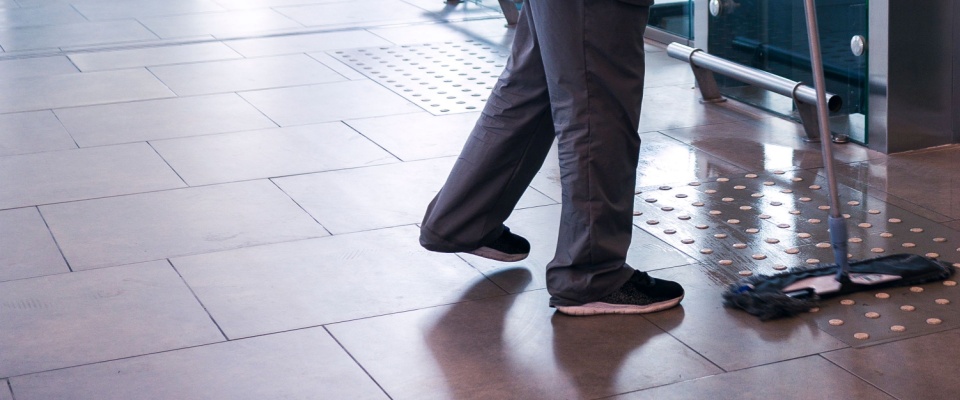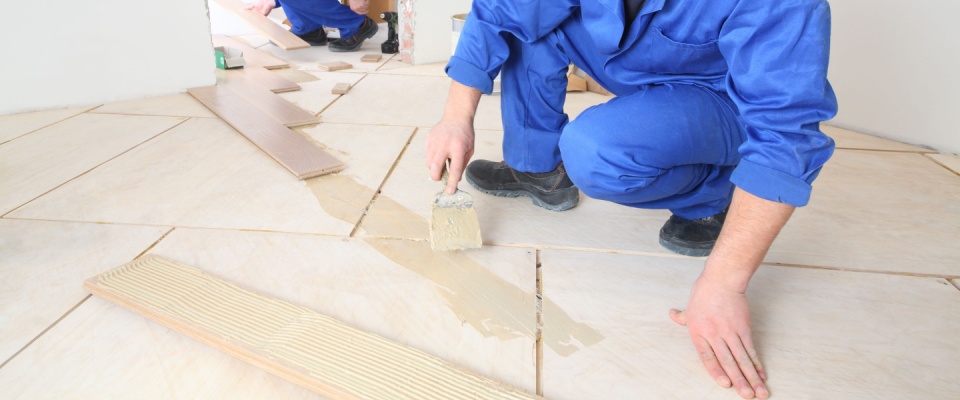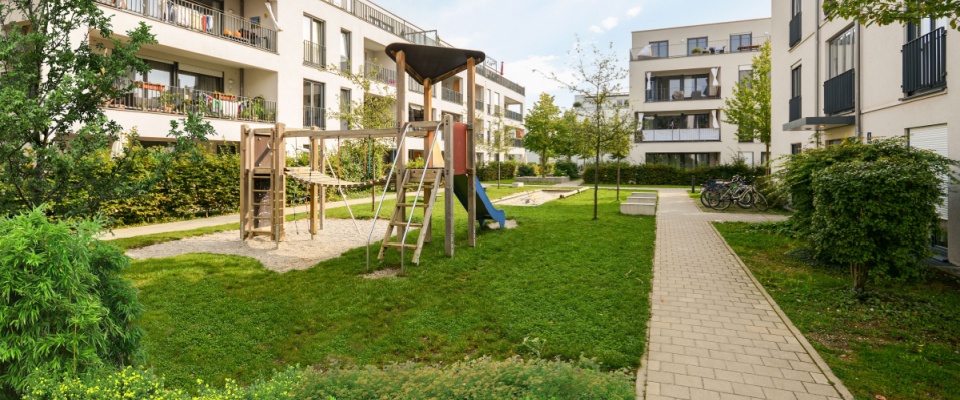Share this article:
If you’ve ever lived in a rental with shared spaces — like a lobby, laundry room, courtyard or rooftop deck — you already know that these areas can feel like the “bonus features” of your home. But, here’s the catch: While they may look effortless, these spaces don’t clean, repair or maintain themselves. That’s where the concept of shared responsibility in common areas comes into play.
Think of it like being part of a neighborhood team. Everyone has a role in keeping these shared spaces functional, safe and pleasant. From taking out the recycling to respecting the quiet hours in the lounge, knowing what’s expected of you (and what’s covered by management) can make life in a rental smooth sailing, rather than stormy seas.
Let’s take a look at the ins and outs of shared responsibility in common areas so you can enjoy your building’s perks to the fullest.
1st impressions matter: Why shared responsibility in common areas counts
The lobby is the first thing you and your guests see. The same goes for hallways, stairwells and other shared spaces. Shared responsibility in common areas ensures that these spaces look inviting, function well and stay safe for everyone.

It’s not about being overly formal or following a rigid rulebook. Instead, it’s about residents working together with building management to create an environment that everyone can enjoy. A little cooperation goes a long way, whether it’s reporting a flickering hallway light or keeping muddy shoes from tracking across freshly mopped floors.
Cleaning & care: Everyday etiquette of common spaces
Keeping common spaces tidy isn’t about channeling your inner drill sergeant. Rather, it’s about being considerate. This is one of the most visible forms of shared responsibility in common areas, and it makes a huge difference in the day-to-day feel of your building.

Take the laundry room, for example. Removing clothes promptly from machines, wiping out lint traps and picking up stray dryer sheets isn’t just courteous — it also keeps the space ready for the next neighbor. Similarly, in shared outdoor areas, bringing in cushions after use or disposing of trash properly keeps things looking fresh.
Repairs & reporting: Catching problems early
While management is generally responsible for major repairs, renters play a key role in spotting and reporting issues. This is where shared responsibility in common areas acts as a kind of neighborhood watch for maintenance.

For instance, if you notice a broken stair rail, a burned-out lightbulb or a jammed entry door, letting management know right away keeps the problem from escalating. Think of it like catching a small leak before it turns into an indoor swimming pool (and not the fun kind).
Prompt reporting is about ensuring that shared spaces remain safe and functional for everyone. And, often, the faster something is flagged, the easier (and cheaper) it is to fix.
Rules & respect: Following community guidelines
Every building has its own set of house rules for common areas. Sometimes, they’re written in the lease and, other times, they’re posted near the spaces themselves. Following these is a big part of shared responsibility in common areas.

Rules might include reserving the party room in advance, respecting quiet hours or not leaving personal items in hallways. Know that these guidelines aren’t meant to stifle your freedom: They’re there to make sure everyone has equal access and enjoyment.
Outdoor perks: Shared gardens, courtyards & more
If your rental includes outdoor spaces, congratulations! You have extra “living room” under the sky. But, these areas come with their own flavor of shared responsibility in common areas.

This could mean things like cleaning up after using the barbecue grill, not monopolizing seating areas or helping keep plants healthy by watering them if that’s part of your agreement. In some communities, residents even organize seasonal clean-up days, turning maintenance into a social event (with snacks, of course).
Shared entrances, mailrooms & storage
Entrances, mailrooms and storage areas are the unsung heroes of your building. They keep daily life running smoothly. Here, shared responsibility in common areas often means practical habits, like closing doors securely, not blocking access with deliveries and keeping storage units orderly.

In mailrooms, it’s about promptly picking up packages so they don’t pile up, as well as being mindful of shared tables or counters. For storage areas, labeling your belongings and keeping them within your assigned space prevents the all-too-common “mystery box invasion” that can happen in communal storage.
Building a culture of cooperation
At the heart of shared responsibility in common areas is a spirit of cooperation. It’s about recognizing that your actions influence the living experience of your neighbors — and theirs influence yours.

Some buildings foster this through community meetings, bulletin boards for updates or even group chats where residents can coordinate on shared space use. These aren’t just tools for logistics — they can help build friendships and make your building feel more like a true community.
When everyone understands the shared goals for the common areas, it becomes easier to keep them in great condition. (Not to mention that they help resolve any hiccups with understanding, rather than tension.)
Common areas are the connective tissue of renting. They’re spaces where everyone’s paths cross, whether in the lobby, laundry room or courtyard. By embracing shared responsibility in common areas, you help maintain not only the quality of the spaces themselves, but also the quality of life in your building.
Share this article:
Adina Dragos is a real estate writer and research analyst with RentCafe. She has solid experience in real estate writing, covering topics ranging from best cities for renters and the top cities for rental activity to cost of living. Her work was featured in several prominent media channels such as Axios, The Dallas Morning News, ConnectCre and The New York Times.
The Ready Renter has your back
Tips, news, and research curated for renters, straight to your inbox.




Related posts
Subscribe to
The Ready Renter newsletter







